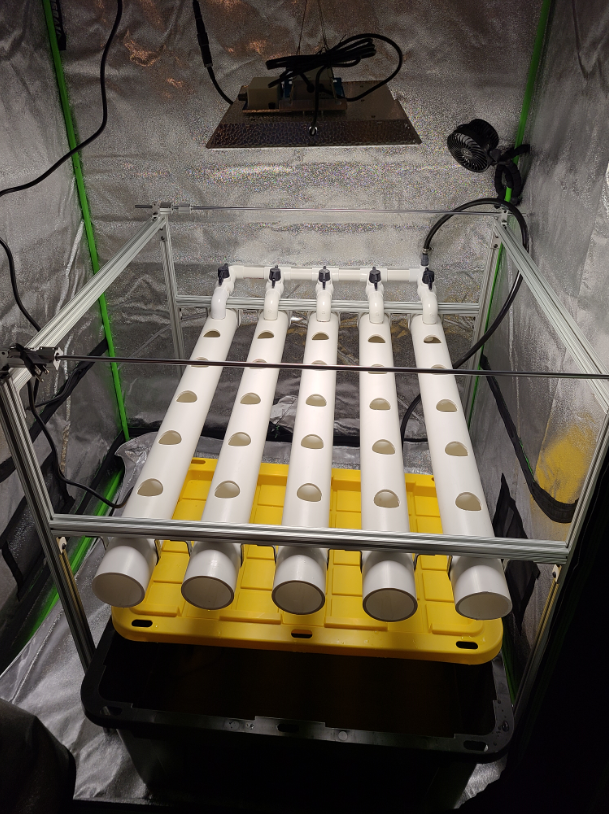While a hydroponic system can handle a wide variety of produce, I limited my scope to lettuce, specifically buttercrunch lettuce. Lettuce is commonly used as a standard for hydroponic research due to the ease with which it grows and the time it takes until it is ready to harvest. As this project is geared towards providing a mechanical solution to growing produce, I will not delve deeply into the intricacies that different variables can have on the produce, and instead focus on how the system improves the growing process.
Below are some of the articles I have been using as a basis for this project. Cornell has a department of Controlled Environment Agriculture and has done in-depth research into hydroponics, including different recipes for various produce and the methods they used. In addition to the method and recipe used, lighting has a huge impact on your plants.
Cornell Hydroponic Recipe - http://www.greenhouse.cornell.edu/crops/factsheets/hydroponic-recipes.pdf
Cornell Lettuce Research - https://gpnmag.com/article/growing-hydroponic-leafy-greens/
Effects of Lighting on Lettuce - https://www.sciencedirect.com/science/article/abs/pii/S0304423812004797
 rgleason92
rgleason92

Most of the pictures did not load properly with the logs. I instead uploaded them to the gallery.